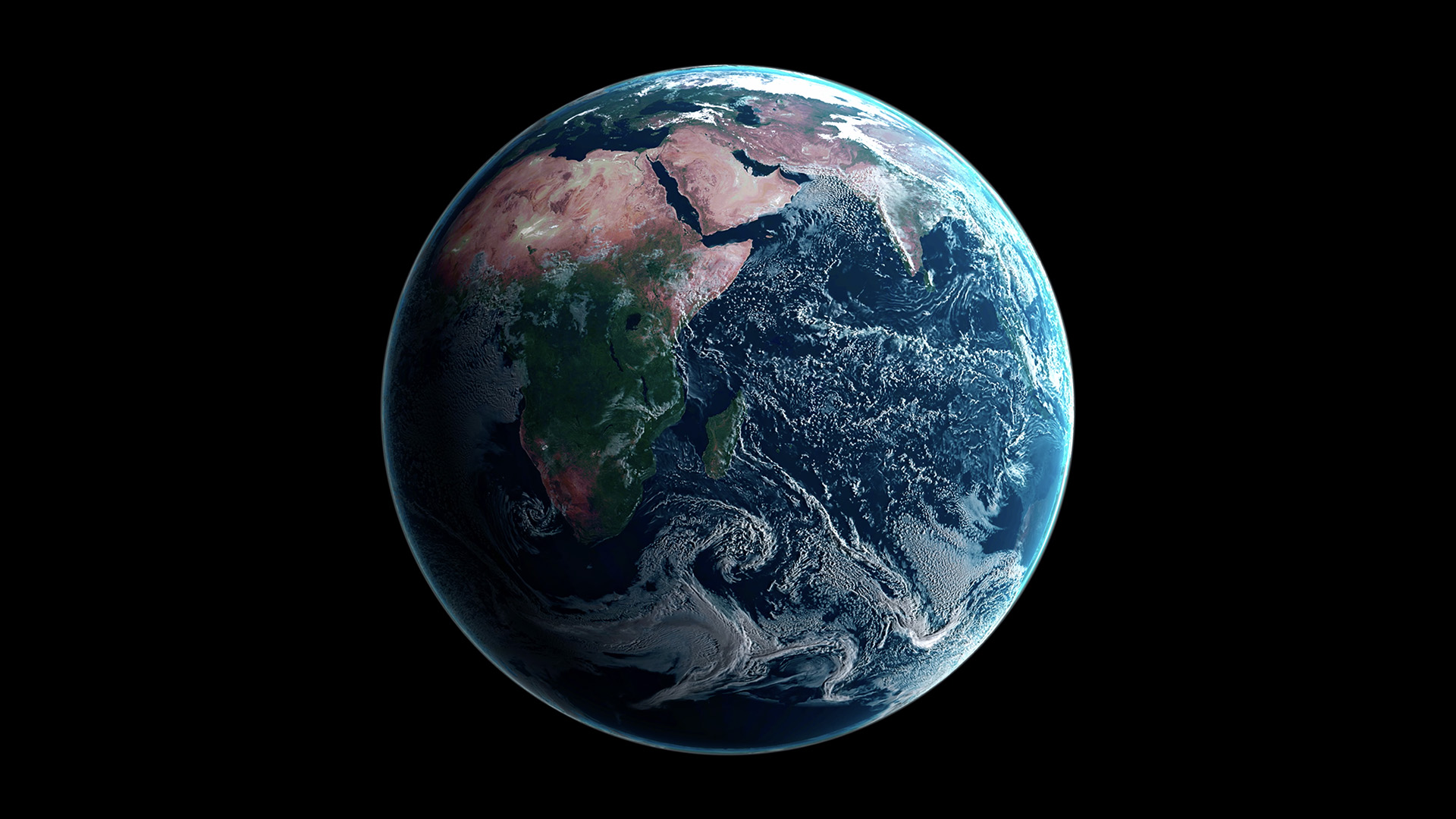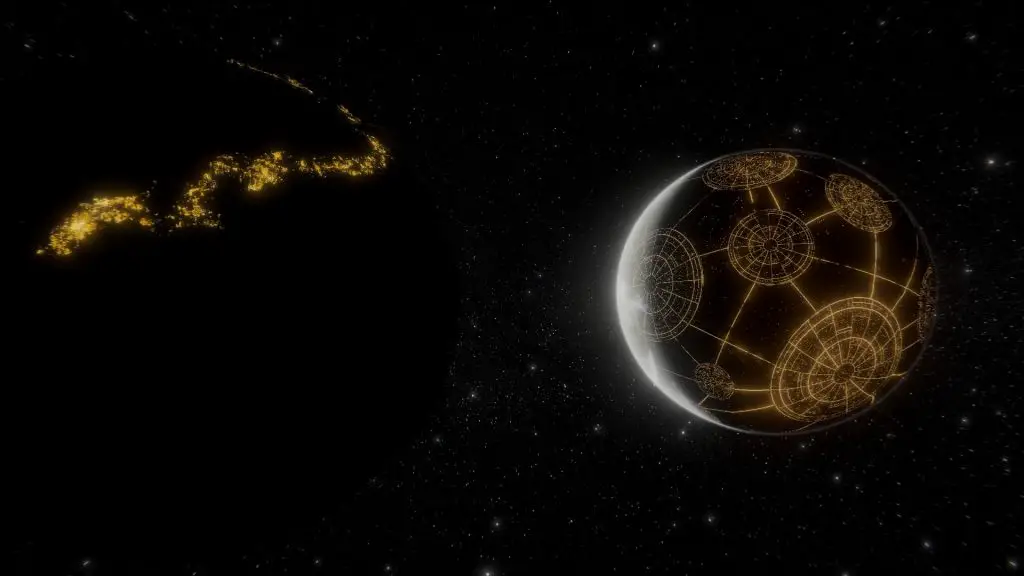Earth’s unique conditions may be the reason complex life is extremely rare in the universe.

In 2000, Peter Ward and Donald Brownlee published Rare Earth: Why Complex Life is Uncommon in the Universe, a book that explores why humanity may be alone in the universe. The Rare Earth hypothesis suggests that the combination of conditions on Earth, from our galaxy’s location to the presence of plate tectonics, is so unique that it might be exceptionally rare for planets elsewhere to host complex life.
Key Factors That Make Earth Special
Ward, a paleontologist, and Brownlee, an astronomer, identified several key factors that make Earth hospitable to complex life:
- Earth is located in a favorable part of the Milky Way, where heavy elements are abundant and harmful radiation is minimal.
- Our Sun has a long lifespan and emits the right amount of ultraviolet radiation to sustain life without being destructive.
- Earth’s orbit around the Sun is stable, allowing liquid water to exist on the surface, which is essential for life as we know it.
- Planets like Jupiter act as cosmic shields, preventing frequent and catastrophic impacts on Earth.
- Earth’s active tectonic plates play a crucial role in shaping the environment and stabilizing temperatures, both of which are necessary for complex ecosystems.
- The Moon helps stabilize Earth’s axial tilt, ensuring mild seasons, while our magnetic field protects the planet from harmful solar radiation.
According to Ward and Brownlee, these features, combined with the right levels of oxygen and carbon dioxide, make Earth uniquely suited for complex life forms like animals and humans.

The Implications of Rare Earth
The Rare Earth hypothesis only applies to complex life, not simple life forms like bacteria, which Ward and Brownlee believe may be widespread throughout the universe. While simple life may thrive in many extreme environments, complex life requires much more specific conditions. Ward noted that complex organisms rely on oxygen, and planets capable of sustaining oxygen-based life may only exist for brief windows of time.
While the Rare Earth hypothesis is compelling, it has its critics. Some researchers dispute the necessity of gas giants like Jupiter, while others argue that features like plate tectonics and a global magnetic field are not as essential as Ward and Brownlee suggest. However, the authors welcome these debates, as they believe that challenging their ideas leads to better science.
Despite the ongoing debate, the hypothesis presents a sobering view of Earth’s uniqueness. The planets we’ve explored—like Mercury, Venus, and Mars—are all stark reminders of how rare and precious our planet truly is. While the Rare Earth hypothesis is not yet proven, it raises important questions about our place in the universe and the possibility that we may indeed be alone.

